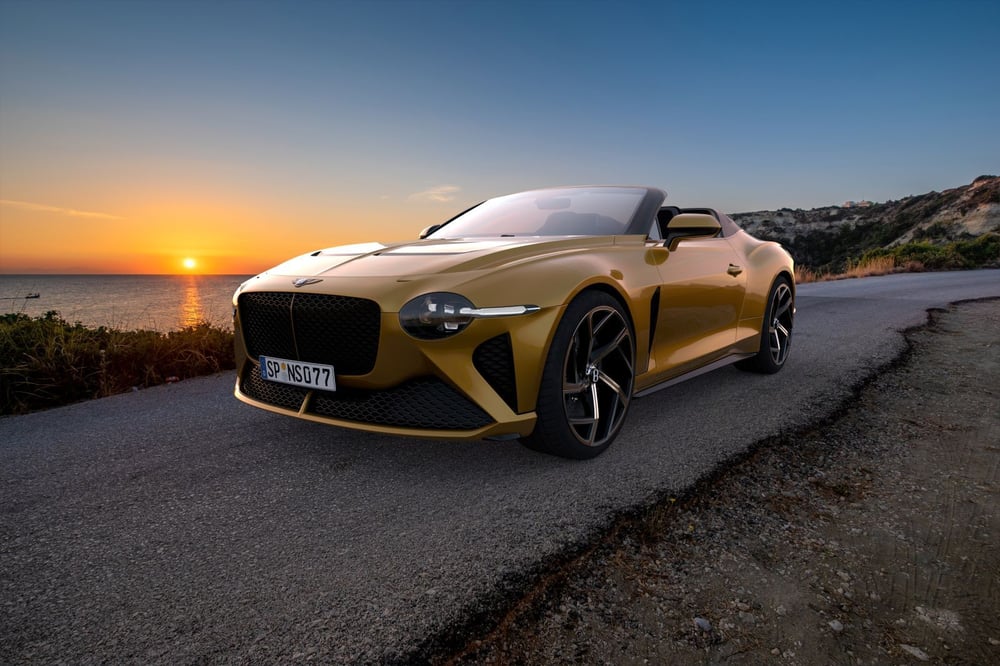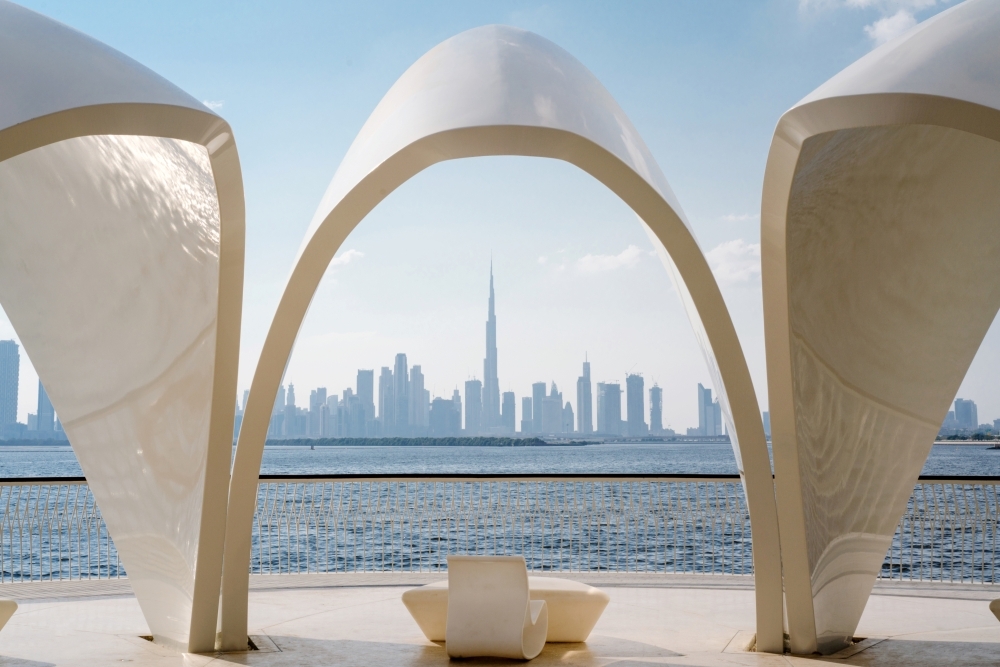Bentley’s Most Expensive Creations: Inside the World of Automotive Luxury
Bentley occupies a distinct and enduring place among the iconic high-end motoring. Since its founding in 1919, the marque from Crewe has embodied a rare balance between British elegance on the outside and highly advanced engineering beneath. This century-old brand is committed to detail at the source; it stands out for using veneers such as rare Koa or Tamo Ash, sourced ethically and selected for their distinctive grain and tone. The search process can take years for a single material; it reflects Bentley’s vision to achieve the finest, no matter what it takes.
The following is a selection of Bentley’s most expensive vehicles ever produced.

1932 Bentley 4½ Litre “Blower” – The £20M Legend
The ‘Blower’ Bentley remains one of the most celebrated models in the brand’s history. Built during the brand’s golden age of racing, the supercharged 4½ Litre open-top tourer was one of only five Team Cars developed under the guidance of Sir Henry “Tim” Birkin. Chassis UU 5872, known as “Team Car No.2”, remains in Bentley’s own collection and is insured for an estimated £20 million.
The Blower’s influence far outstripped the results it achieved on the track. Its supercharged inline-four engine produced an extraordinary 240 bhp, exceptional for the early 1930s, and it famously reached 137 mph at Brooklands. Beyond its performance credentials, the Blower represents a defining era of British motorsport. With its original scuffs and scars intact, it is not just a vehicle but a museum piece on wheels. Bentley’s decision to produce just 12 Continuation Series Blowers, each priced above £1.5 million, highlights the enduring engineering and collector value of the original 1929 model.
1930 Bentley Speed Six “Old No. 2” – The Le Mans Veteran, £2.8M
If the Blower was Bentley’s extrovert, the Speed Six was its quieter and more consistent counterpart, faster over long distances and engineered for endurance. “Old Number 2” finished second at Le Mans in 1930, establishing its place as one of the most iconic entries in Bentley’s racing story. Decades later, it would make headlines once more when it sold for £2.8 million at auction.
The Speed Six boasted a 6½-litre inline-six engine, race-tuned to produce 200 bhp; meanwhile, its sharp, low-slung profile gave it a distinctive look. Renowned for its durability on the track, Speed Six appealed to tacticians of the era. Just 182 were built, and even fewer retain original factory racing credentials. Indeed, “Old No. 2” remains a symbol of Bentley’s strategic brilliance during the interwar period, combining grace with understated power.
2002 Bentley State Limousine – A £10 Million Royal Commission
Commissioned for Queen Elizabeth II’s Golden Jubilee, the Bentley State Limousine is as rare as it is regal. Just two were produced, each reportedly valued at £10 million. These imposing vehicles were built on extended Arnage platforms and feature a higher roofline and coach-style rear doors designed for ceremonial grace and ease of access.
The interiors, crafted by Bentley Mulliner, were upholstered to the Queen’s personal specifications, featuring wool cloth and soft leather detailing. The engineering, though discreet, was formidable. The car includes blast-resistant bodywork, bulletproof glass, and a sealed cabin to defend against chemical threats. Today, both cars remain in the Royal Mews and are used by King Charles III. Their value lies as much in their symbolism as in their engineering. They represent statecraft shaped in steel.
1996 Bentley Rapier – £3.3M Bruneian Commission
One of Bentley’s most elusive creations is the Rapier, a custom-built two-door convertible commissioned by Prince Jefri of Brunei. Only six units were ever made, each estimated at £3.3 million in today’s terms. The Rapier was based on the Continental R platform but was extensively reworked to feature bespoke bodywork and interiors tailored to the Brunei royal family’s tastes.
Though the Rapier was not built for speed, its 6.75-litre turbocharged V8 produced a respectable 400 bhp, with a top speed of 158 mph. What distinguishes the Rapier isn’t speed, but the sense of enigma it carries. Of the six produced, most are kept out of public view in royal collections, making sightings rare and values difficult to assess. For collectors, the Rapier represents a perfect storm of scarcity, discretion, and design that is fully driven by Bentley’s own vision.
1994 Bentley Dominator – The Original £3M Bentley SUV
Bentley’s Dominator SUV, developed in secret for the Sultan of Brunei in 1994–1996, is indeed considered Bentley's first-ever 4x4. Only six were built, at a cost of around £3 million each.
The Dominator, while built on Range Rover foundations, was finally executed entirely to Bentley’s very own standards. It featured a turbocharged V8 and bespoke design aimed not at off-road utility but at fulfilling the discerning requirements of its collector. Though the Dominator was never revealed to the public or offered commercially, it laid the groundwork for the Bentayga in spirit, but in form, it remains one of Bentley’s most elusive and costly one-offs.
2020 Bentley Mulliner Bacalar – £1.5M Open-Top Artistry
The Bacalar marked the rebirth of Bentley’s coachbuilding programme under the Mulliner division. Revealed in 2020 and limited to just 12 units, the Bacalar carried a price tag of £1.5 million, not including optional extras which, in many cases, were extensive.
With no roof, rear seats, or mass-market compromise, the Bacalar was Bentley’s boldest design statement in years. Each car was uniquely tailored, including custom paint colours, woven wool interiors, and carbon-fibre bodywork inspired by the EXP 100 GT concept. Beneath the surface, it housed a 6.0-litre W12 delivering 650 hp. The Bacalar was not about speed or status alone. It was a throwback to an era when cars were hand-built to match individual imagination.
2022 Bentley Mulliner Batur – The £1.65M Swan Song
Following the Bacalar, Bentley unveiled the Batur, an even more powerful and expensive offering. Priced from £1.65 million, the two-door coupé was limited to 18 examples and served as a farewell to Bentley’s iconic W12 engine.
Its 740 bhp output made it the most powerful Bentley ever made, while the design hinted at the brand’s electric future. Each Batur was entirely bespoke, down to 3D-printed gold interior accents and custom exterior finishes. Unlike previous Mulliner projects, the Batur was intended to preview a design direction. It was an elegant paradox of rarity and progression. It was not simply an end but a bridge between heritage and horizon.
Beyond Production: Concepts and Continuations
Bentley’s pursuit of excellence has occasionally taken the form of what might best be called creative exercises. The Hunaudières concept, a mid-engine supercar introduced in 1999, featured a W16 engine and anticipated future Bugatti innovations. Though never sold, its estimated development cost hovered near £3 to £4 million.
Similarly, Bentley’s Blower Continuation Series, a recreation of the original 1929 race car, saw 12 exacting replicas priced at over £1.5 million each. The cars were faithfully recreated using digital versions of the original plans and extensive handcrafting, making them especially desirable to both vintage car purists and high-end collectors.
Conclusion
What unites these extraordinary machines is not merely price, but purpose. Each of these Bentleys, whether born of royal ambition or built as a symbol of endurance, reflects the marque’s ability to blend tradition with vision. As one might expect, many of these one-off or limited-edition models remain hidden from public view, their full stories known only to collectors, archivists, and the marque’s own confidential build records.



